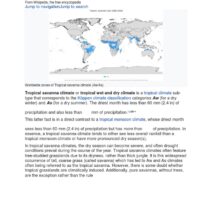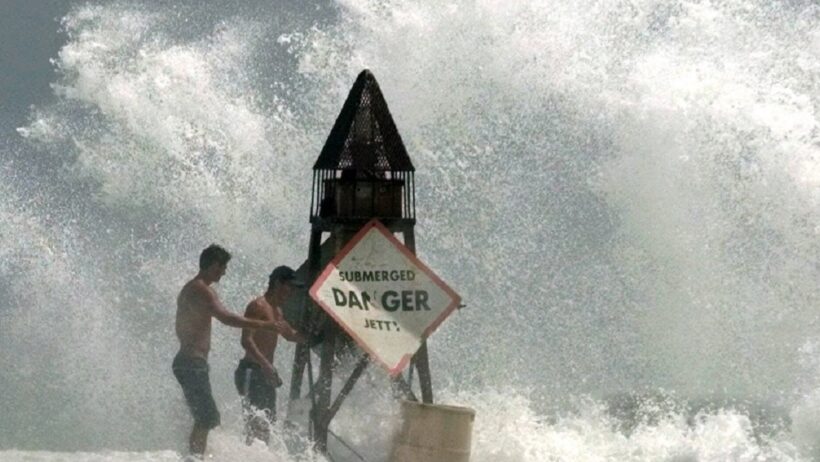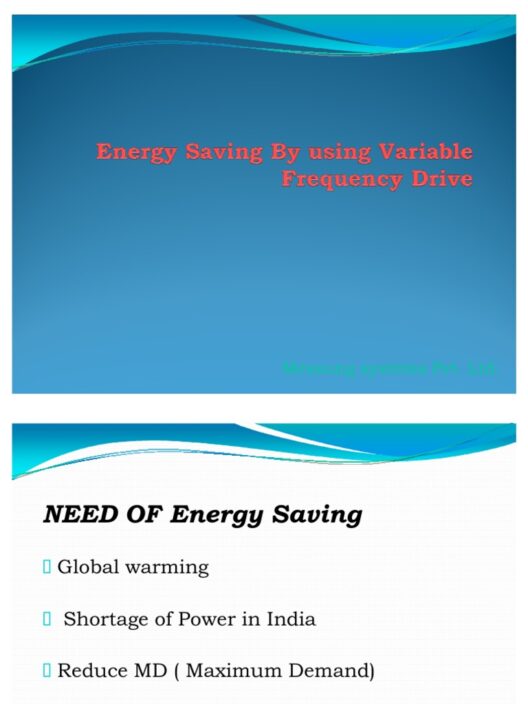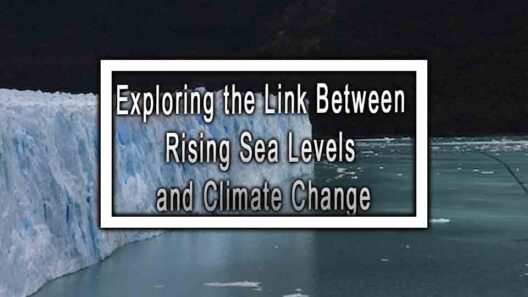The oceans are rising, a phenomenon that portends grave implications for coastal ecosystems, human settlements, and our planet as a whole. The speed at which sea levels are ascending serves as a potent barometer for climate change, laying bare the fragility of our environment. It beckons an urgent examination of the forces at play, driving this transformation and the consequential impacts on our world.
The narrative of rising seas is hardly new. For millennia, fluctuations have occurred, dictated by natural forces. However, the current trajectory is alarmingly rapid, fueled primarily by anthropogenic activities. Understanding the nuances of this acceleration is essential if we are to grapple with the reality of our changing coastlines.
Understanding the Mechanics of Sea Level Rise
To fully grasp the phenomenon of sea level rise, it’s crucial to dissect its primary drivers. Two predominant mechanisms are prominently at play: thermal expansion and glacial melting. As greenhouse gases accumulate in the atmosphere, they lead to global warming. This increase in temperature impacts ocean water, causing it to expand—a process aptly termed thermal expansion. This alone contributes significantly to rising sea levels.
Moreover, the world’s glaciers and ice sheets, particularly those nestled in Greenland and Antarctica, are in a state of accelerated retreat. As these colossal ice bodies melt, they release vast quantities of freshwater into the oceans, further exacerbating the rise. Over the last century, satellite data has substantiated this alarming trend: sea levels have risen by approximately 8 inches (20 centimeters) since 1880, but the rate is unprecedented in recent decades.
The Speed of Change: Unpacking the Data
From 1992 to the present, the frequency and fervor of sea level rise have intensified dramatically. The most conservative estimates indicate that sea levels are currently rising at a staggering rate of about 3.3 millimeters per year. This is three times faster than the rate observed in the 20th century. With advancing technology, researchers utilize satellite altimetry to obtain precise measurements of ocean surface elevation, underscoring a relentless upward trend.
This burgeoning elevation poses existential threats. Coastal regions, home to millions, are increasingly subject to flooding, erosion, and saltwater intrusion. From the bustling metropolises of New York and Miami to small island nations like the Maldives, the encroaching tides leave no demographic untouched. Disturbingly, projections for the next century suggest sea levels could rise by as much as 1.5 meters, with even more catastrophic scenarios outlining the potential for as much as 2 meters should current trends continue unabated.
Consequences of Rising Seas: A Broader Impact
The implications of rising sea levels extend far beyond mere statistics. They intertwine with social, economic, and ecological dimensions. Coastal communities, often characterized by their vibrant cultural tapestries, face existential threats. Homes and livelihoods are jeopardized as neighborhoods succumb to the relentless tides. Relocation becomes an ever-more pressing question, challenging communities to navigate complex socio-political landscapes.
Furthermore, the ecological ramifications cannot be overlooked. Coastal ecosystems, including mangroves, marshlands, and coral reefs, serve as critical buffers against storms and provide vital habitats for numerous species. Rising waters disrupt these ecosystems, leading to loss of biodiversity and increased vulnerability to natural disasters. The phenomenon of “saltwater intrusion” alters the salinity of freshwater sources, threatening agriculture and drinking supplies in affected areas.
Mitigation and Adaptation: Navigating the Future
In the face of such daunting realities, proactive measures become imperative. Globally, there is a growing emphasis on adaptation and resilience-building strategies. Coastal reinforcement projects such as seawalls and levees are being implemented, although their high costs and environmental implications must be weighed carefully against potential efficacy.
Moreover, innovative approaches such as sustainable urban planning, restoring natural barriers, and promoting green infrastructure are gaining traction. These strategies not only enhance resilience but also foster longer-term sustainability by ensuring natural ecosystems can thrive alongside human development.
Simultaneously, we must not forget the undeniable truth that mitigating climate change is essential. Global efforts to curtail carbon emissions are paramount if we are to avoid the most catastrophic outcomes projected in the coming decades. Transitioning to renewable energy sources, enhancing energy efficiency, and promoting sustainable land-use practices are core tenets in this fight.
The rapid rise of sea levels is not merely an environmental challenge; it is a clarion call for action. It beckons us to engage with our planet on a deeper level, fostering a sense of stewardship that transcends generations. As we elucidate the speed at which ocean levels are increasing, the aesthetic beauty of our coastlines and the cultural vibrancy of coastal communities must inspire us to act. The story of our seas is still being written, and it is our duty to ensure a sustainable narrative for future generations.








